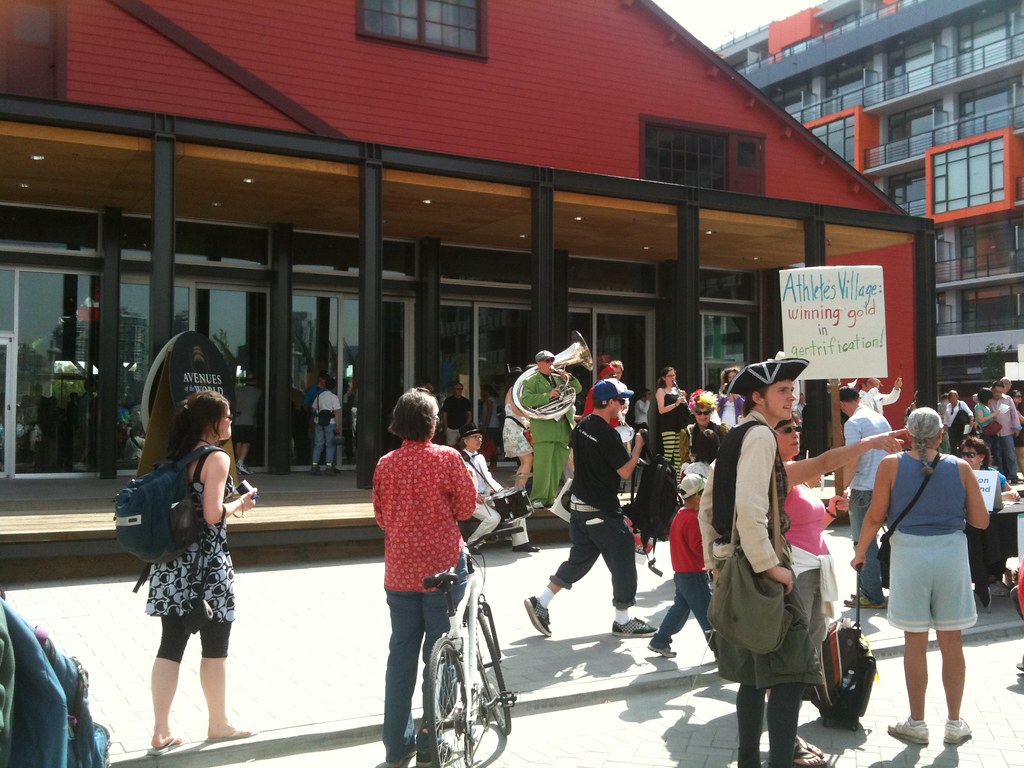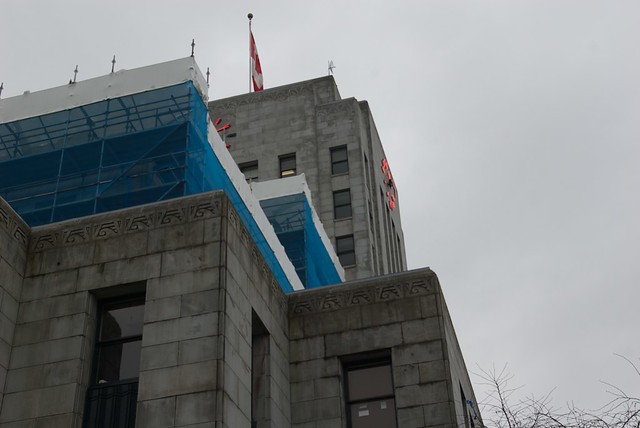We previously reported that on Jan 20 2011, Vancouver City Council will consider a proposal to build seven condo towers in the Downtown Eastside, and that there is significant community opposition to the plan. The City calls the plan the “Historic Area/Precinct Height Review/Study,” while critics call it a “gentrification package” for the Downtown Eastside.
This week, Ray Spaxman spoke out about the plan. On Dec 13, he told The Mainlander that he was more amenable “to getting an area plan going before we do this rezoning.”
Then on Dec 15 Spaxman was interviewed by CKNW’s Phillip Till about the Height Study, where he reiterated the problems of developing a rezoning plan without a community plan: “there seems to be a lack of attention to the impact of that density on all the facilities and services that are needed in the city as a consequence of those extra heights.”
The comments are significant because not only was Spaxman Vancouver’s Director of Planning from 1973 to 1989, but he was also hired by the City in 2007/8 as main researcher and author of the original Sept 2008 Historic Precinct Height Study.
Spaxman told The Mainlander that his contract with the city “was defined to focus on the question of height.” However, he noted his team’s concern that “by talking only about height instead of density and people, the City risks overlooking the social implications of development.”




